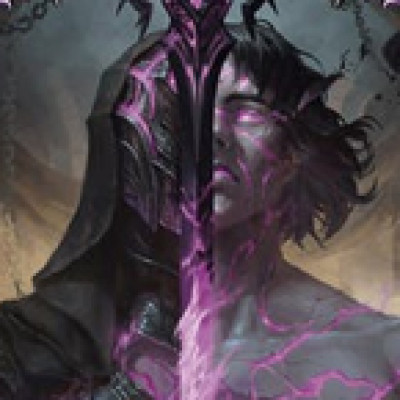The third Runeblade to join the game and by far the most unique, Briar draws her power not by tearing it from nether realms, but by aligning herself with the natural order. She draws power from earth and lightning, represented in her hybrid damage types.
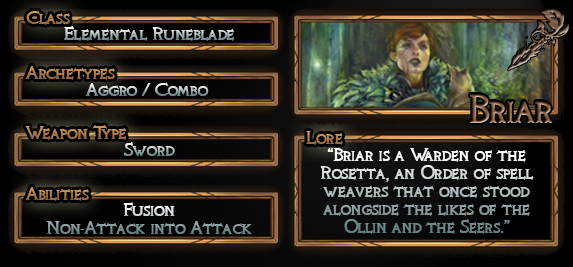
A Story of Earth and Lightning
Briar, Warden of Thorns burst onto the scene with the release of Tales of Aria. The Elemental Runeblade, wielding Rosetta Thorn, Ball Lightning, and Plunder Run, dominated the 2021 Nationals scene upon release. The deck took full advantage of Briar's class- and talent-agnostic abilities, and was the most efficient aggro deck in Flesh and Blood's history, playing almost entirely zero cost cards and earning itself the nickname of "Cheerios Briar".
The deck was so efficient that LSS made the decision to not only ban Plunder Run and Ball Lightning, but to errata Briar's hero ability as well. The original printing of Briar- found in all packs of TOA- allowed her to create an Embodiment of Earth each time an attack action dealt damage, so she would frequently end up with anywhere from 3-5 Embodiments in play, giving her access to unrivaled defense off of one or two cards.
The new version reins in that capability, and now only grants an Embodiment of Earth the first time an attack action hits. These collective nerfs hit Briar hard, but it wasn't long before new builds built around the power of Channel Mount Heroic started springing up. When CMH Briar is firing on all cylinders, there aren't many decks in the game that can hang with it; but for all its power, Briar relies heavily upon hitting the appropriate balance of attack and non-attack actions.
With the release of Uprising, Briar gained two powerful new tools in Crown of Providence and Sift, and time will tell if these additions will be enough to combat the menace of inconsistency and let Briar take her place as a top tier aggro deck yet again.
Seasonal Strategies
Briar is able to play with Runeblade and Elemental cards, as well as Earth and Lightning element cards. Her Runeblade nature is best represented in the first of her two hero abilities, as she is rewarded with an Embodiment of Lightning whenever she plays her second non-attack action in a turn. Briar's earthy nature is represented in her second ability, as she is able to create an Embodiment of Earth token the first time she deals damage with an attack action each turn.

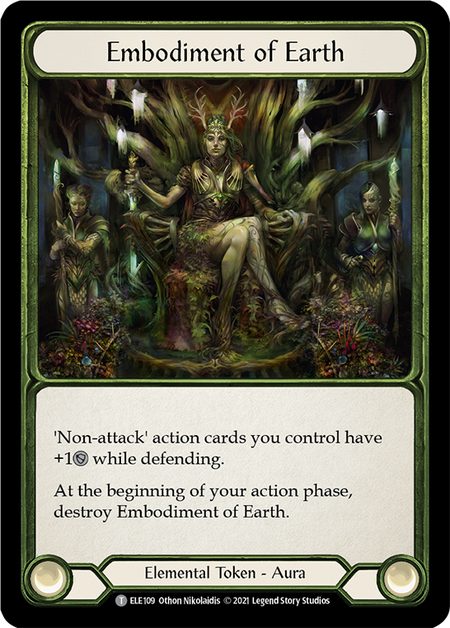
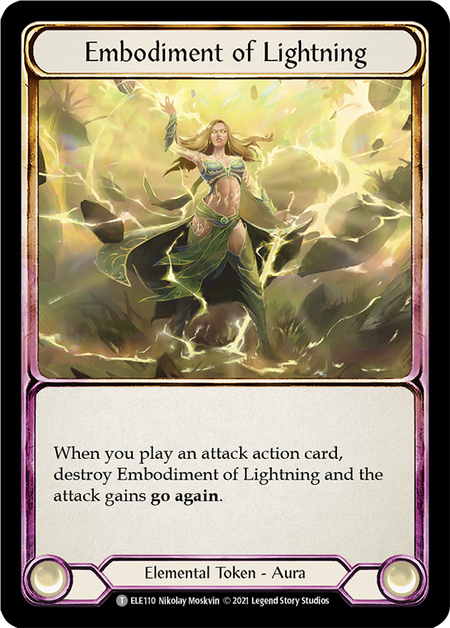
Both of these token auras help Briar stay fairly flexible. Embodiment of Lightning tokens help Briar go wide while she goes tall, and Embodiment of Earth tokens reward her defensively for pushing damage through. There are even certain cards in the game that specifically care about creating auras, such as Swarming Gloomveil or Shrill of Skullform, that synergize perfectly with her ability.
Pro Tip: It's also worth noting that Embodiment of Lightning specifically only gives go again to attack action cards, so you can end your turn with a weapon swing and still hang on to the Embodiment to use on a future turn.
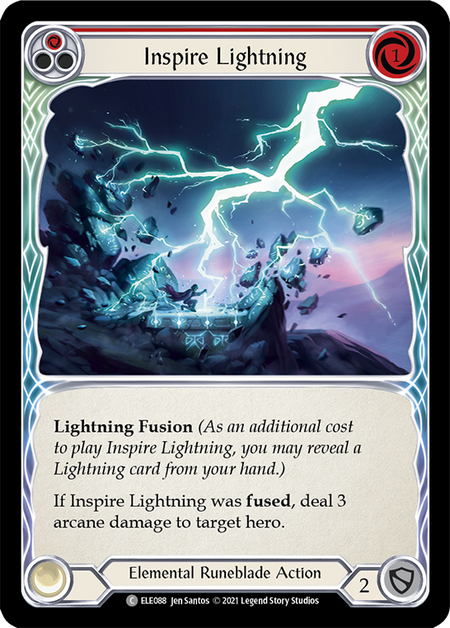
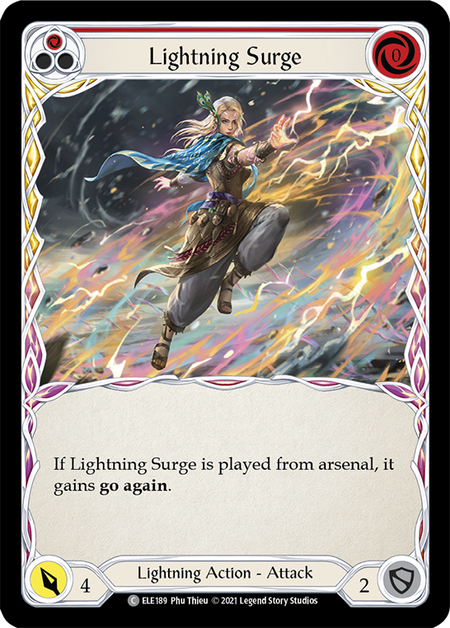
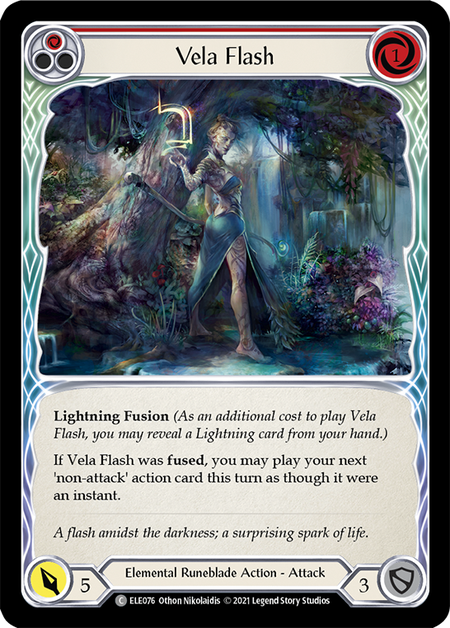
Lightning Briar's theme is gratuitous quantities of go again with a splash of action point manipulation. Most Lightning talent or Lightning fusion cards have one of these effects, which makes go-wide aggression the strategy of choice for these builds. Elemental Runeblade cards with Lightning fusion also tend to deal arcane damage, making them potent offensive tools due to the dual damage types. Inspire Lightning in particular has ended many games of Tales of Aria limited.
Lightning was the go-to element for the Cheerios Briar builds due to its efficiency, but since the banning of Ball Lightning, most builds have leaned more towards Earth to leverage the power of Channel Mount Heroic.
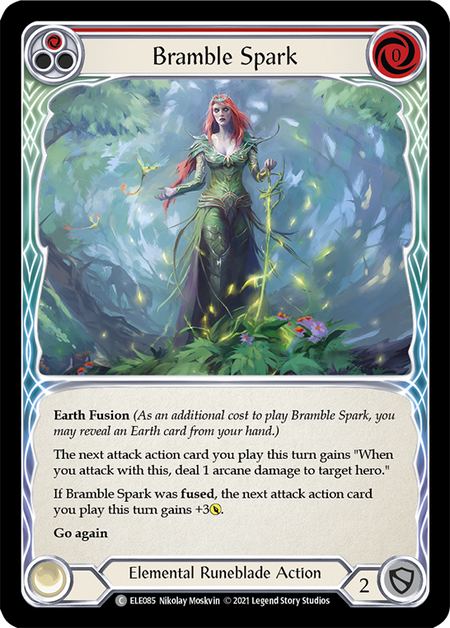
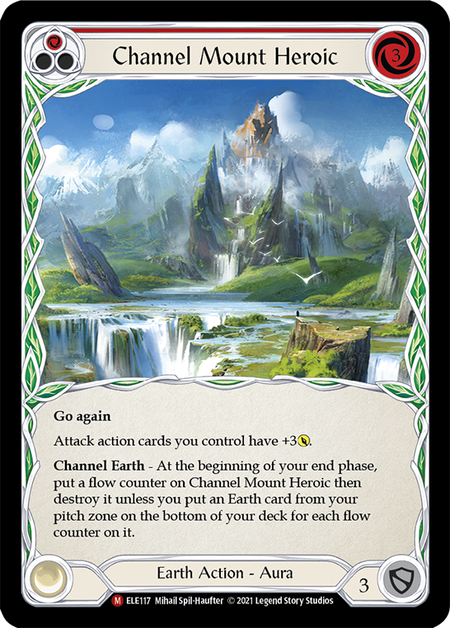
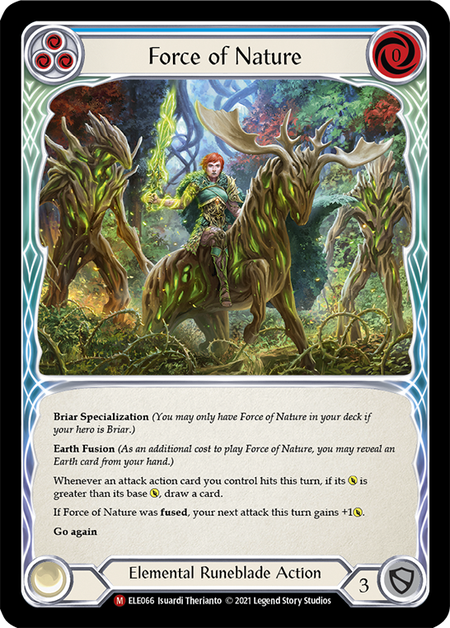
When it comes to Earth Briar, Channel Mount Heroic and Force of Nature are the reasons to be playing the deck. The raw power in those two cards is undeniable and they have almost single-handedly propped up aggressive Briar decks since the banning of Plunder Run and Ball Lightning.
Where Lightning Briar is designed to go wide, Earth Briar is more geared towards going tall- though most popular builds of the deck leverage plenty of generic cards with innate go again to still go wide as well. Bramble Spark and Earthlore Surge let you pile a ton of extra damage onto an initial attack and also serve as your Embodiment of Lightning enablers.
A critical mass of Earth talent cards is very important for these builds, not only for fusing, but for ensuring Channel Mount Heroic stays in play as long as possible.
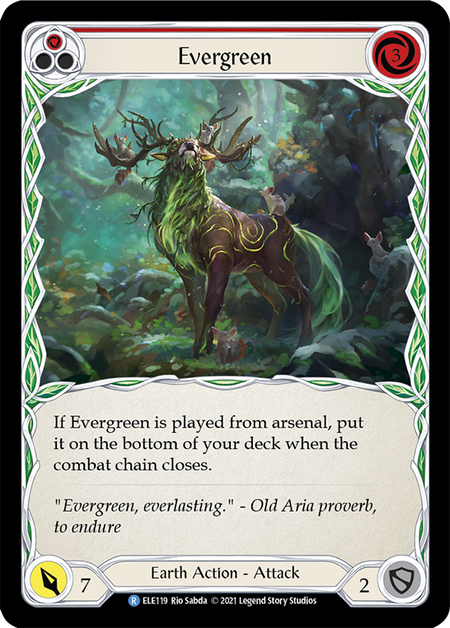
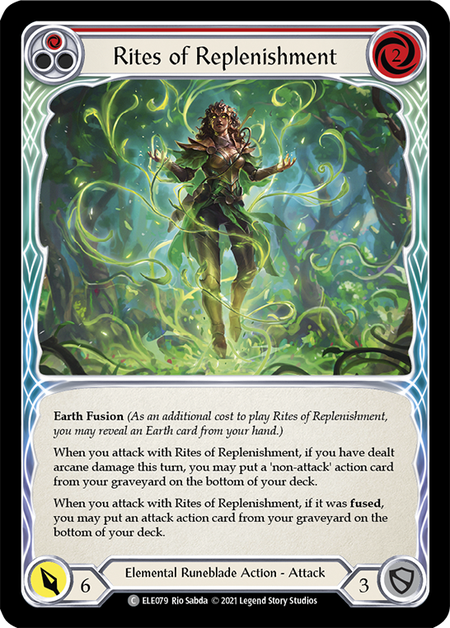
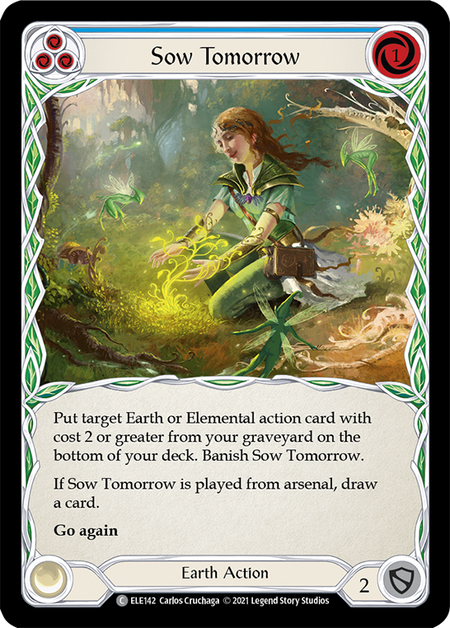
The Earth talent also brings another unique ability to the table, which is the ability to fight back against fatigue while still playing offense via cards like Evergreen and Rites of Replenishment. While this hasn't been as important given the general skew towards aggression in most formats, if we ever end up in a control-heavy format dominated by Guardians, then this sort of anti-fatigue Briar build could really shine.
In my opinion, the most interesting Briar builds are the hybrids that try to fulfill the requirements for dual fusion. Blossoming Spellblade is one of the coolest cards ever printed, and it has some extreme upside if you're ever able to properly set up and force through damage with it. Playing multiple non-attack actions out of your graveyard has the potential to completely take over a game. Unfortunately, the inherent level of consistency with these builds is lower than that the more single element focused builds, which means it's not quite frequent enough that we get to do our big explosive thing, but hopefully LSS provides extra dual element support in future sets.
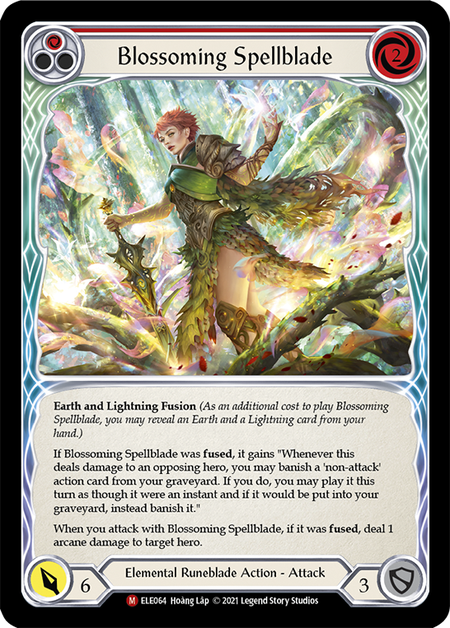
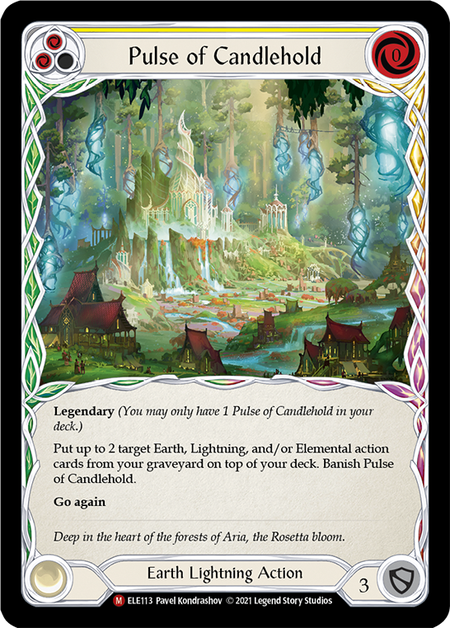
Briar's Card Advantage
When Cheerios Briar was dominating the Classic Constructed meta, a large part of that was due to the inherent card advantage that came from being so incredibly efficient. Most "normal" hands in Flesh and Blood are 4 cards, and if you have a reasonable resource curve to your deck, it wouldn't be uncommon to pitch one of those cards and play out the other 3. So, when you get to play out your entire 4-card hand every turn, you're effectively playing with +1 card each turn of the game.
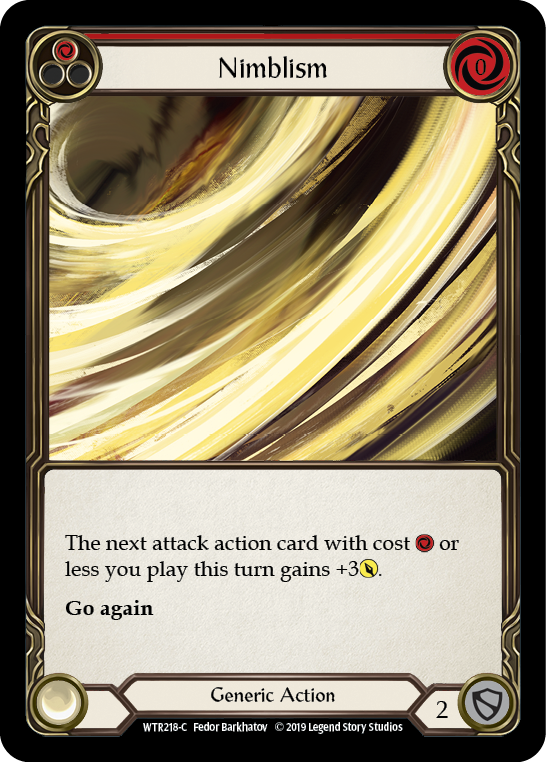
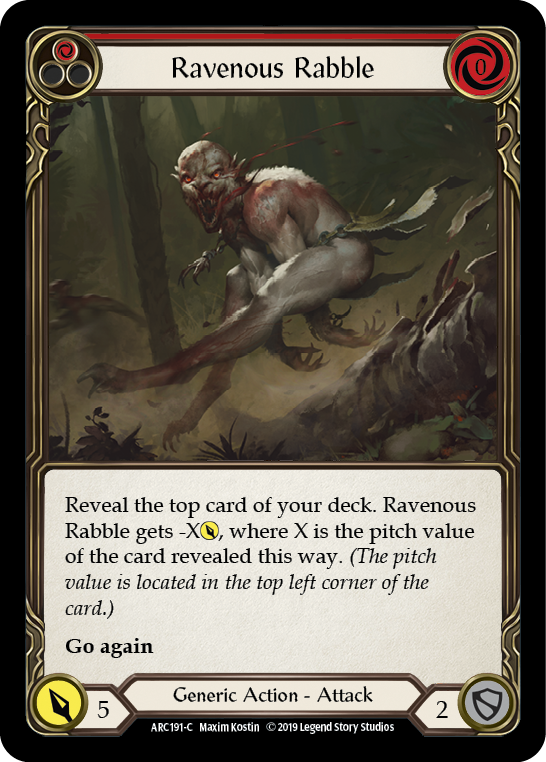
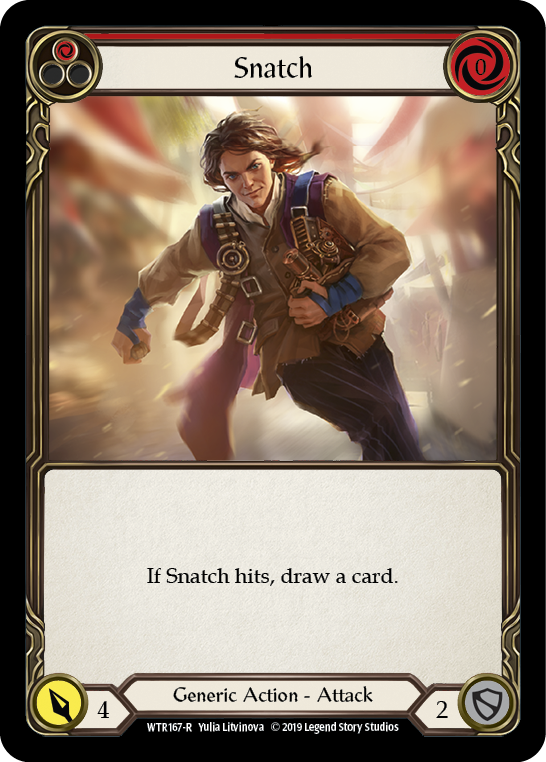
CMH Briar builds do their best to emulate this efficiency on some of their turns, relying on some powerful, efficient generics. When Briar plays Nimblism, Nimblism, Snatch for 10 with go again, it really feels like they're still playing the old Cheerios Briar- though fortunately for everyone those turns are substantially less common than they used to be.
While it was touched on earlier, there is another form of card advantage that Briar has available to her that comes primarily from the Earth and Earth fusion cards she has available to her. Evergreen, Rites of Replenishment, Sow Tomorrow, and even generics like Remembrance give Briar access to the most anti-fatigue tools in Flesh and Blood. All anti-fatigue Briar is waiting for is the right meta to bust those tools out.
The Runeblade Tax
Briar is more like Chane than Viserai in this regard. Briar's arcane damage ranges from inconsistent to non-existent depending upon the build and draws; but more importantly, with the errata to Briar's hero ability, the extra arcane damage from cards like Bramble Spark and Sting of Sorcery carry much less consequence than they did previously. Opponents trying to fatigue Briar may bring Arcane Barrier 2 to combat Rosetta Thorn, but anyone trying to race is more likely to bring their normal equipment loadout.
For a full discussion of the opportunity costs your opponent must weigh when facing a Runeblade- and a core understanding of the Runeblade class without that shocking earthy flavor- check out the FAB101 on Viserai.
Nature's Armory
Rosetta Thorn is Briar's weapon of choice. It's an efficient source of split damage that works well with Lightning builds that are lean on resources or Earth builds looking for a solid follow-up to their one large buffed up attack. Thorn is Briar's signature weapon for a reason, and I expect it will remain the go-to weapon for as long as they're legal together.
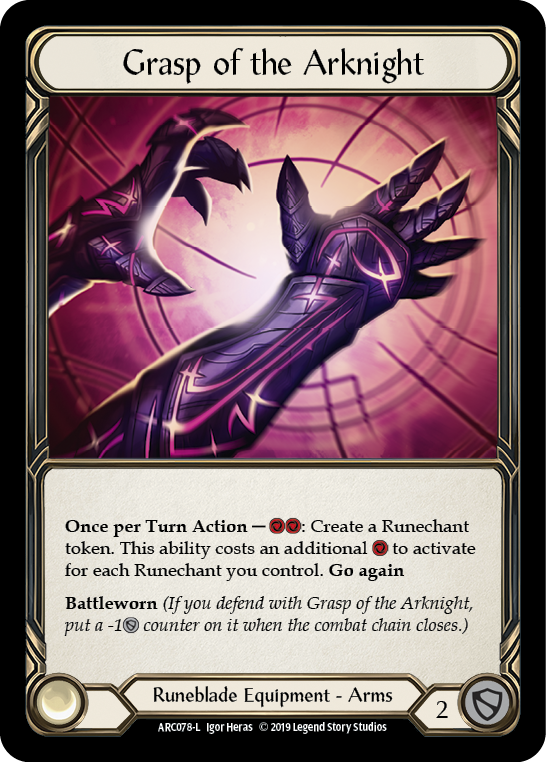
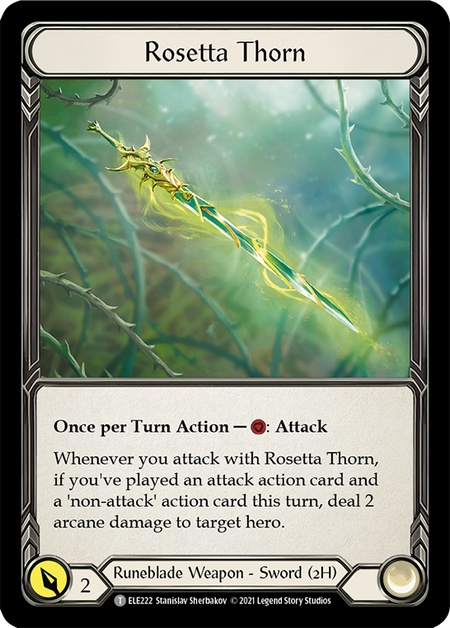
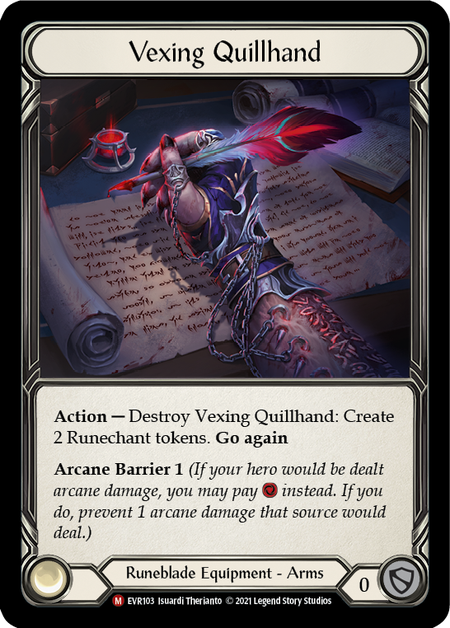
The Arm slot generally comes down to two options. Grasp of the Arknight is always a solid choice, as it provides solid defense and a resource sink if you find yourself with resources to spare. Vexing Quillhand is powerful in its own right though, and is particularly potent in conjunction with Bloodsheath Skeleta, as the combination can grant you 4 effective resources.
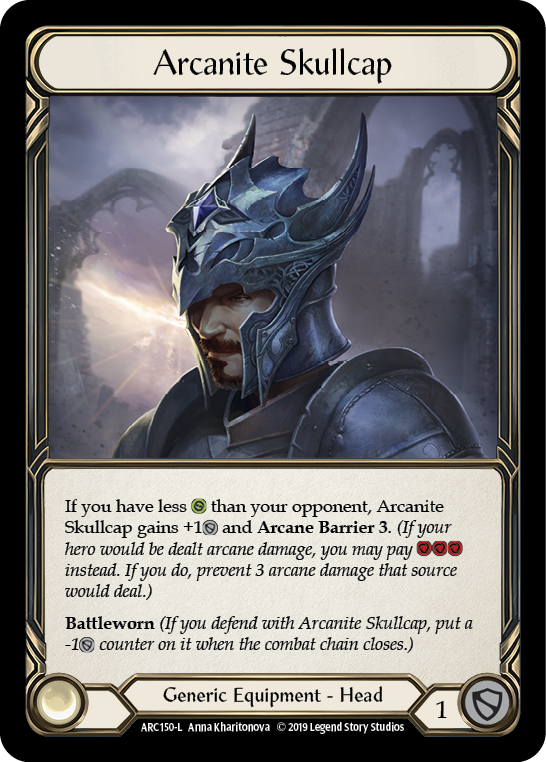
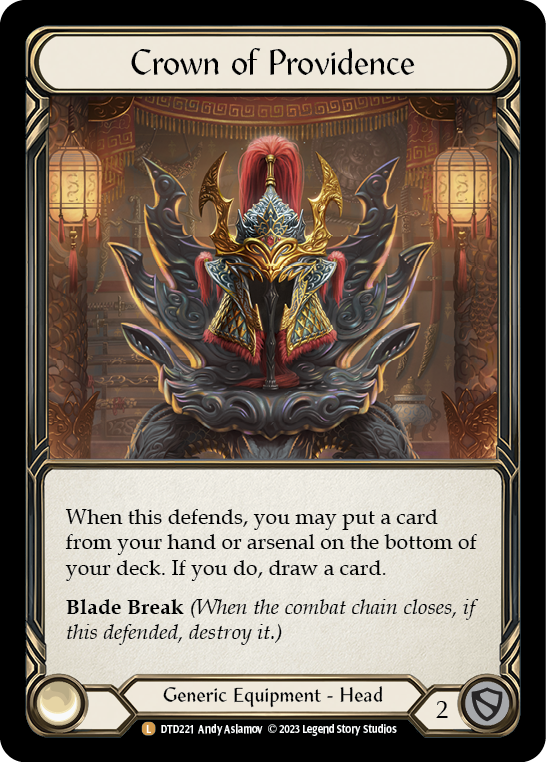
Arcanite Skullcap has been the mainstay head equipment for Briar purely due to its defensive merits, but with the release of Uprising, she has received a fantastic new tool to help her consistency in the form of Crown of Providence. Given that Briar likes to be the aggressor, it can be hard to get full value out of Skullcap in some games. Crown will give Briar that guaranteed 2 defense, as well as a way to try and fix hands that lack a proper balance of attacks and non-attacks.
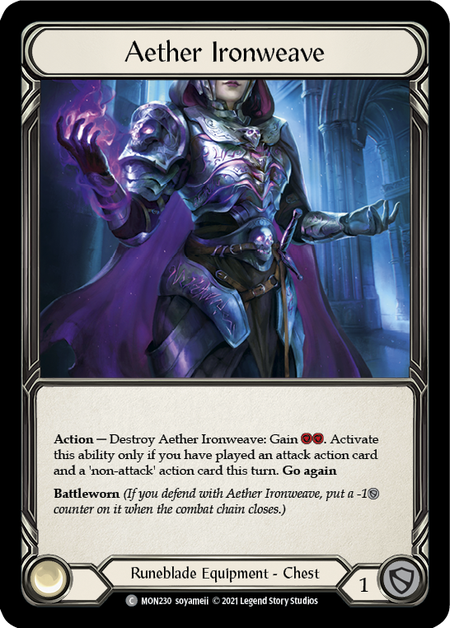
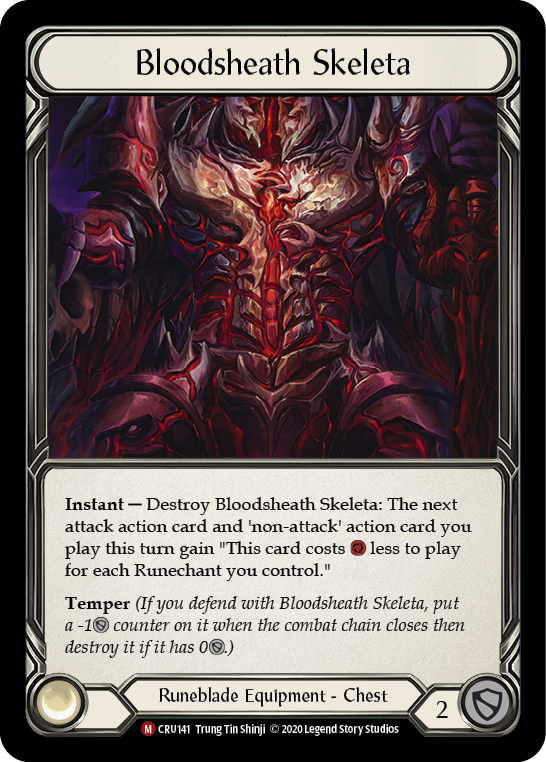
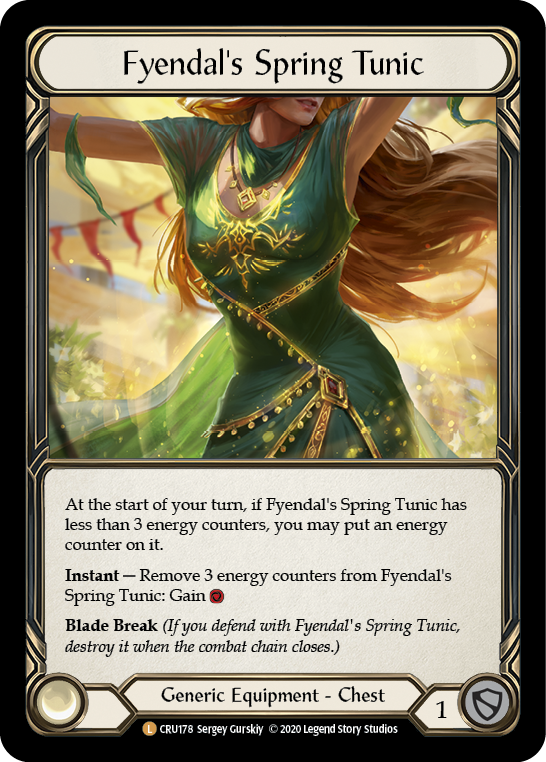
The chest slot is the most underwhelming equipment slot for Briar. When you anticipate the game going longer, Tunic is usually the pick. If you are running Vexing Quillhand, Skeleta gets some extra value and the extra defense can be invaluable. Aether Ironweave is the most budget-friendly option, but if you're opting to run Grasp of the Arknight into an aggressive opponent, it can get the nod over Tunic or Skeleta on its own merits.
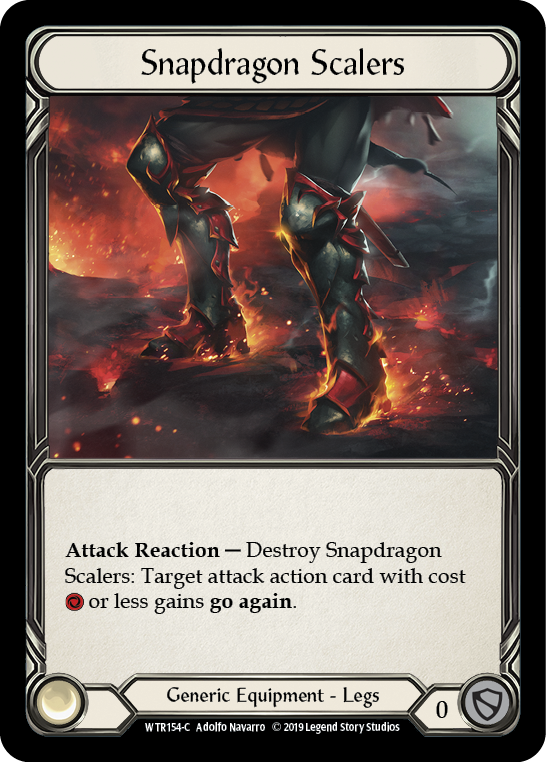
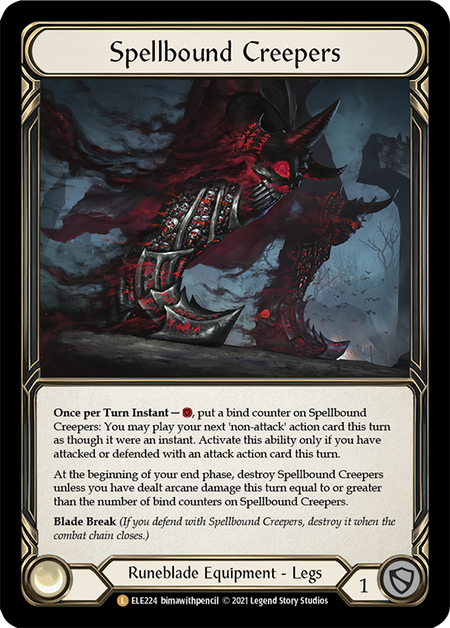
Since Briar builds, even with Channel Mount Heroic, tend to be lighter on resources, Snapdragon Scalers are generally the legs of choice. That said, it's hard to go wrong with either option here.
Briar tends to not play a particularly high number of Blues, so when facing Wizards it's generally not worth running more than Arcane Barrier 2. Shock Charmers can deal some bonus damage for you until it's time to use them to stifle an Aether Wildfire or similar turn.
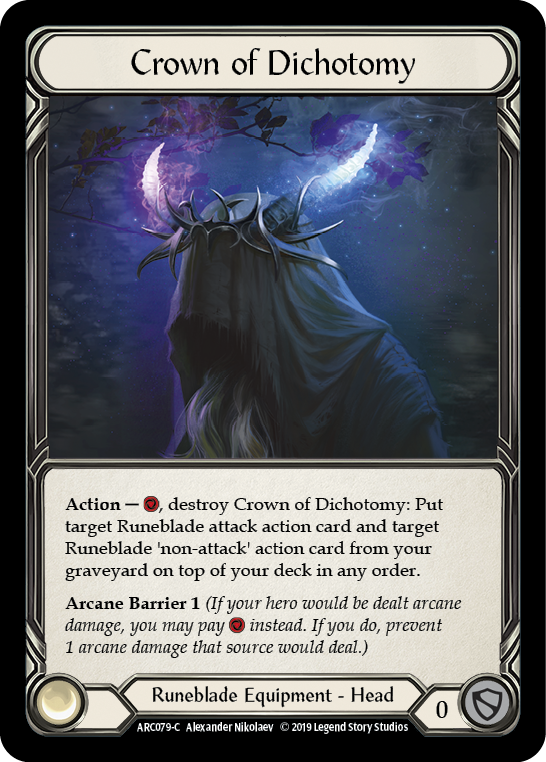
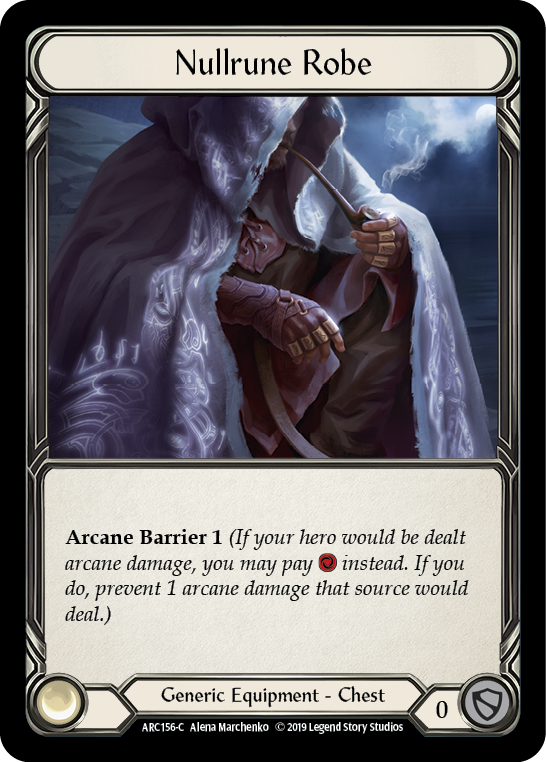
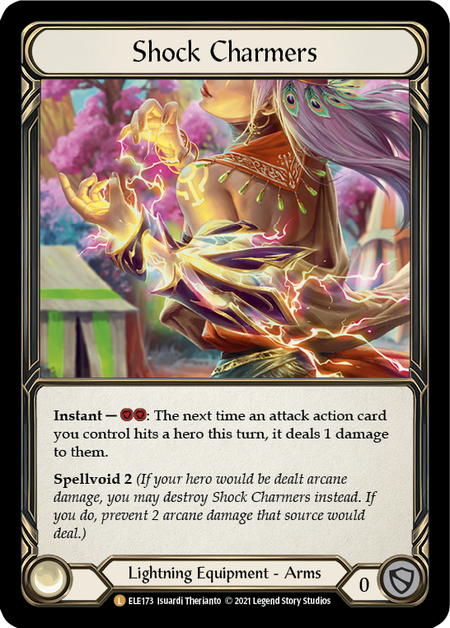
Card Legality
Classic Constructed
- Bloodsheath Skeleta is suspended until Viserai, Rune Blood becomes Living Legend.
- Ball Lightning is banned.
Blitz
- Sonata Arcanix is suspended pending a decision in a future Banned and Suspended announcement.
- Ball Lightning is banned.


